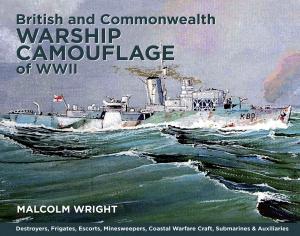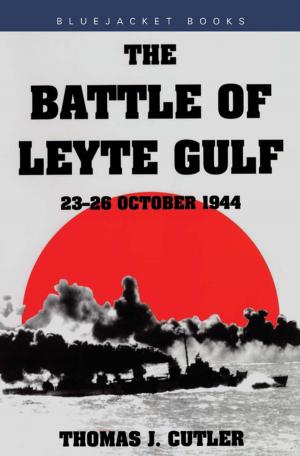Two Roads to War
The French and British Air Arms from Versailles to Dunkirk
Nonfiction, History, Military, Aviation| Author: | Robin Higham | ISBN: | 9781612510859 |
| Publisher: | Naval Institute Press | Publication: | April 15, 2012 |
| Imprint: | Naval Institute Press | Language: | English |
| Author: | Robin Higham |
| ISBN: | 9781612510859 |
| Publisher: | Naval Institute Press |
| Publication: | April 15, 2012 |
| Imprint: | Naval Institute Press |
| Language: | English |
Two Roads to 1940 is a comparative study of the French and British air arms, from 1918 to 10 May 1940. Higham seeks the answer to the question Why was the Armée de l’Air defeated in June 1940 whereas the Royal Air Force won the Battle Over Britain in September?”
To reach a conclusion, the structure, the men and matériel, the government, and the economic infrastructure were analyzed. The story reveals that the French, dominated by the Armée de l’Terre, was hypnotized by 1918”; in contrast, the independent RAF evolved in the interwar years into a sophisticated, scientifically based force, which got the Air Defence of Great Britain (1924-1936) ready, was supported by government practices and consistency, as well as the necessary technical support for Fighter Command (1936-). Thus in 1940 the RAF could meet the Luftwaffe challenge.
But the RAF also suffered from three major errors; no Air Officer Commander-in-Chief to control all the air commands, the almost fatal miscalculations of the power of Bomber Command, and the Army Ordnance’s refusal to develop the .50-caliber machine-gun instead of the .303.
Serious historians and buffs should find the story salutary, as well as a detailed explanation of why air forces fail
To reach a conclusion, the structure, the men and matériel, the government, and the economic infrastructure were analyzed. The story reveals that the French, dominated by the Armée de l’Terre, was hypnotized by 1918”; in contrast, the independent RAF evolved in the interwar years into a sophisticated, scientifically based force, which got the Air Defence of Great Britain (1924-1936) ready, was supported by government practices and consistency, as well as the necessary technical support for Fighter Command (1936-). Thus in 1940 the RAF could meet the Luftwaffe challenge.
But the RAF also suffered from three major errors; no Air Officer Commander-in-Chief to control all the air commands, the almost fatal miscalculations of the power of Bomber Command, and the Army Ordnance’s refusal to develop the .50-caliber machine-gun instead of the .303.
Serious historians and buffs should find the story salutary, as well as a detailed explanation of why air forces fail
Two Roads to 1940 is a comparative study of the French and British air arms, from 1918 to 10 May 1940. Higham seeks the answer to the question Why was the Armée de l’Air defeated in June 1940 whereas the Royal Air Force won the Battle Over Britain in September?”
To reach a conclusion, the structure, the men and matériel, the government, and the economic infrastructure were analyzed. The story reveals that the French, dominated by the Armée de l’Terre, was hypnotized by 1918”; in contrast, the independent RAF evolved in the interwar years into a sophisticated, scientifically based force, which got the Air Defence of Great Britain (1924-1936) ready, was supported by government practices and consistency, as well as the necessary technical support for Fighter Command (1936-). Thus in 1940 the RAF could meet the Luftwaffe challenge.
But the RAF also suffered from three major errors; no Air Officer Commander-in-Chief to control all the air commands, the almost fatal miscalculations of the power of Bomber Command, and the Army Ordnance’s refusal to develop the .50-caliber machine-gun instead of the .303.
Serious historians and buffs should find the story salutary, as well as a detailed explanation of why air forces fail
To reach a conclusion, the structure, the men and matériel, the government, and the economic infrastructure were analyzed. The story reveals that the French, dominated by the Armée de l’Terre, was hypnotized by 1918”; in contrast, the independent RAF evolved in the interwar years into a sophisticated, scientifically based force, which got the Air Defence of Great Britain (1924-1936) ready, was supported by government practices and consistency, as well as the necessary technical support for Fighter Command (1936-). Thus in 1940 the RAF could meet the Luftwaffe challenge.
But the RAF also suffered from three major errors; no Air Officer Commander-in-Chief to control all the air commands, the almost fatal miscalculations of the power of Bomber Command, and the Army Ordnance’s refusal to develop the .50-caliber machine-gun instead of the .303.
Serious historians and buffs should find the story salutary, as well as a detailed explanation of why air forces fail















